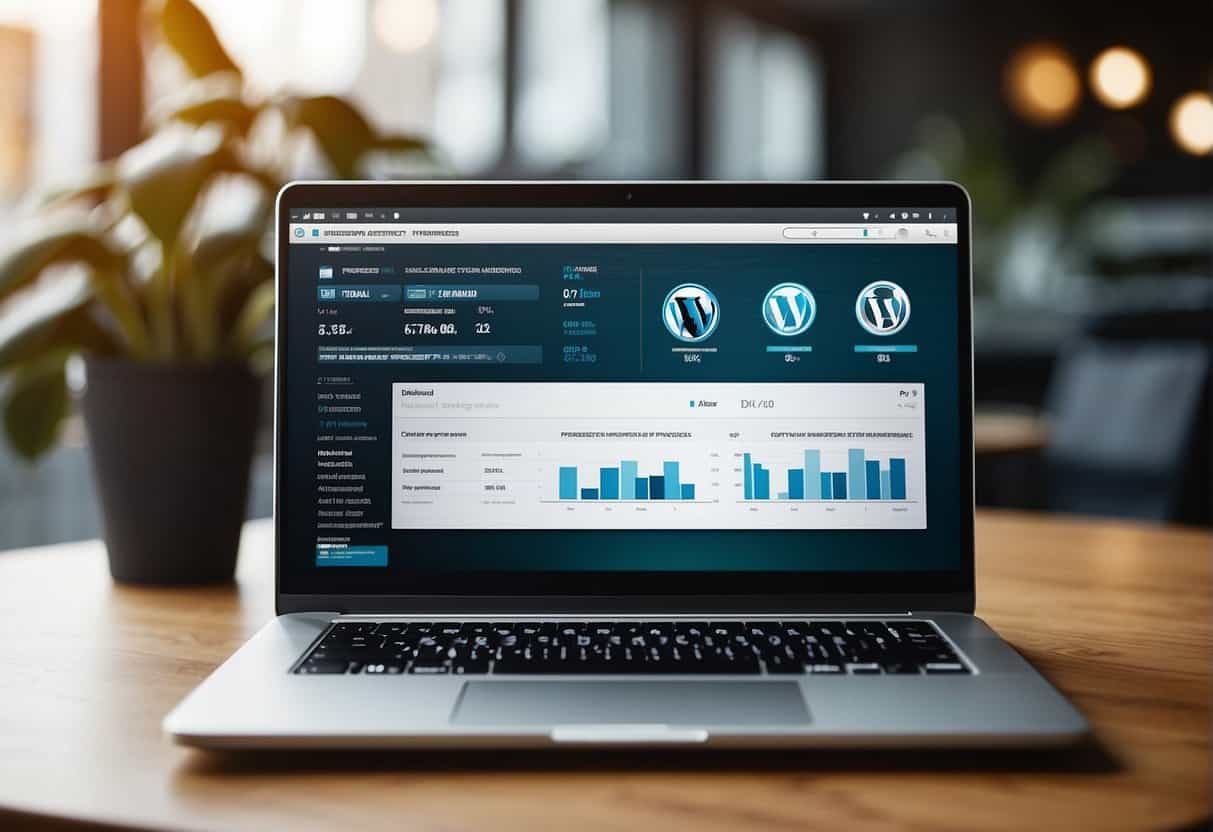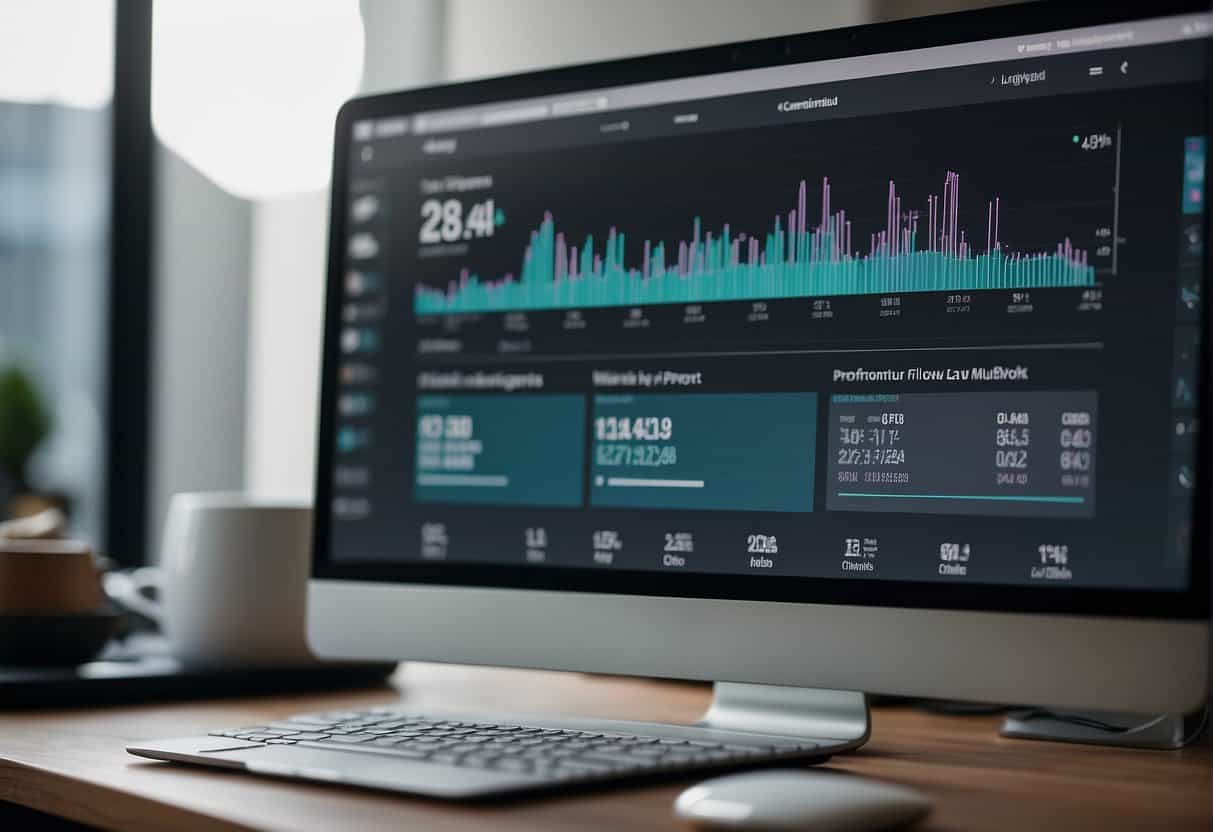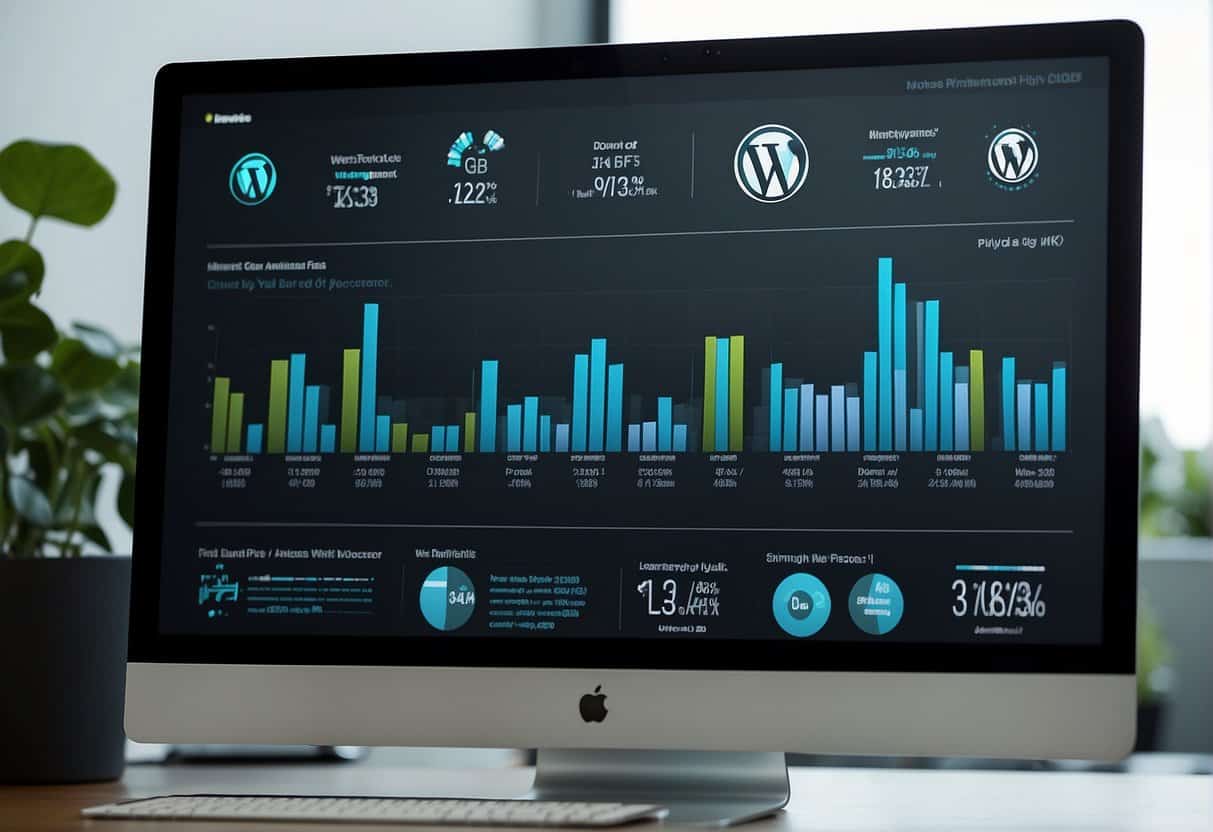In this webinar, Jeff Meziere, co-founder of the Business Value Academy and CPA, will help you get a better grip on your finances.
Finance is a topic that eludes many agency owners. For a large number, the prospect of budgeting and planning can be very intimidating and confusing. With Jeff’s help, you can gain more confidence in understanding your agency’s finances.
What do we actually mean when we’re talking about agency budgets and budgeting? Well, there are three critical considerations:
- Why do we create a budget?
- How do we create a budget?
- How do we use a budget?
Let’s get started!
Why do we create a budget?
As Dwight Eisenhower said, “no battle was ever won according to plan, but no battle was ever won without a plan either.”
When it comes to finances, the best practice is to always start with a plan!
Ensuring your budget offers value to your agency means that you don’t just put it on a shelf, never to be seen again. Let’s put this into context.
The wealthiest people I know have two things in common. They all have budgets, and they all have goals.
These are goals that they adhere to. They will come back to them, measure them, and ensure their financials align with them. This is essentially how we utilize a budget for your agency.
How do we create a budget?
As a virtual CFO, Jeff’s job is to help his clients gain confidence in knowing their numbers inside and out. As a business or agency owner, you need to understand where you are in your business to establish a budget.
One of the first figures you will need to understand and calculate is your ‘break-even’.
Know your break-even
Your break-even is a simple calculation of how many sales you have to make in a month to cover your business’s expenses.
This is a key figure to know because it means that you’re not burning through cash!
You can look at your last three months of expenditures, to begin with. It is your revenue and cash sales in, minus your expenses going out. All of your operating expenses need to be included here.
Now, if you take your net income minus the outgoing cash, and it’s negative, you’re not at break-even yet.
You either need to get more sales or squeeze more expenses to reach your break-even point.
You might be approaching budgeting and your finances from different angles. Perhaps you are currently burning through cash and need to return to profitability? Or maybe you have the cash and need to plan what to do with it.
Either way, these next steps will help put you on the right path.
Financial stages of a business
Creating your budget requires you to first understand what stage your business is at financially. Essentially, are you accumulating or burning cash?
The cash-burning stage is usually early on when you don’t have enough revenue to even overcome. You are investing in yourself and your business because you believe it can work.
We then move into the neutral phase where you have enough revenue coming in and expenses going out to be comfortable. It means you can pay the bills with a consistent revenue stream.
The next phase is building a reserve. This is when you have more revenue than expenses, and you can accumulate cash. Maybe not every month, but more often than not.
The final stage is the fun part because it involves strategic investment and risk-taking. This is when you’ve figured things out. The business is doing well, and you have a good cash flow. Now you need to understand how you can utilize and leverage this cash to grow your business.
It’s important to understand where you are today as you go and build your budget.
How do we use a budget?
Once you understand what stage you’re at, you can start to think about goals and plan your budget accordingly.
Establish a reserve goal
Let’s start with the last 12 months and make some philosophical decisions.
Imagine you have all of your financials lined up giving you a total view of your revenue and income profit and loss, getting down to that net income number. Now, look at what has changed.
Ask yourself, can you replicate what you did over the last 12 months? Bear in mind that everything can and may well have already changed.
Perhaps your customers have changed. Maybe you have seen changes in your revenue (or theirs), or you have changed the mix of products you sell. These factors all need to be considered as you start to build out and make tweaks.
Weighing the changes in multiple factors, you need to consider whether you can sustain the previous year month on month.
Some people could be at the stage where they are building a reserve and are doing well, but when asked if they have a plan, the answer will be no. They are just going on a “gut feeling”. This is really where the difference between an accountant and a Virtual CFO lies. An accountant will react to what has already happened—what is in the past. But a Virtual CFO will help you make more decisions based on the data and facts.
It’s all about continuous improvement!
The trick is to tweak things and make them just a little bit better every month.
Were you off from your estimate? Ok, then understand why the estimate was off, use the data to establish the facts, and adjust.
Costs to Consider
When forecasting your performance using the previous year, these are the most common changes that will need to be factored into your calculations.
- Has your headcount changed? This can imply either laying people off or bringing on additional resources.
- Have you given yourself or your employees a raise or bonus?
- How have your insurance premiums increased?
- What planned expenses do you have? Are you planning an increase in infrastructure?
Past Revenue Review
As we said before, you want to see if you can replicate your previous year’s revenue. Or better still—of course—build on it.
The best place to start is looking for trends!
From here, you can assess whether your business is cyclical or is it irregular? Do you have more revenue in some months than you do in others? Or are you on a subscription-type business? If so, can you grow that revenue with the managed plans, or are the projects sometimes up and sometimes down?
When you can understand the flow, it will help build a better budget.
In those months where expenses are more, you need to figure out how to pay for it. You might as well identify it now and be more confident going into a bank to ask for help than keeping people on and not knowing where their next paycheck will come from.
Current/Future revenue considerations
When you think about the next 12 months to build out your plan, ask yourself, what have your conversions been like? And how consistently are those leads being converted into customers?
If you’re able to start converting more leads, then you will logically have an increase in revenue, but you will also require more infrastructure to deal with that increase.
External factors to consider
This is a big one, and considering the current unstable climate, it is vital now.
What’s going on with your clients? And what happens if there are suddenly significant changes to your industry? Are your clients impacted?
Again, it goes back to whether you can replicate what you did over the last 12 months.
Levers that impact cash
There are only a few ways to increase and impact your revenue. You can:
- Change your price,
- Make new sales to new customers,
- Upsell to existing clients,
- Reduce costs, or
- Reduce the time it takes to collect your accounts receivable.
Always be wary of doing work for clients that aren’t paying you! These then become what are known as Days Sales Outstanding (DSO) which are a measure of the average number of days that it takes your people and resources to collect payment for work done.
Five tips to start budgeting
- Hope for the best, but prepare for the worst.
- Be conservative in your numbers when looking through your 12-month forecast budget.
- Implement an ongoing review and forecasting process. How do we do this? Print out your monthly budget, and print out your actual financial statements from your accountant and compare the two. Simply put, look at the differences between what you thought would happen and what did happen. Then make changes to your budget based on what you have learned.
- Measure what matters! Monitor your KPIs constantly. You have to identify what’s important and how you define success. It goes beyond just revenue. How did you generate more business and revenue? This is a leading indicator you need to consider.
- And start now! You’re going to get better over time.
While we had Jeff online, we used it as an opportunity to pitch several great questions from our Digital Agency Owners Community members. If you’d like to hear those questions and answers, you can take a listen to the Q&A session with Jeff here:
(The video will auto-start from the start of the questions)
Jeff is an active member of our Digital Agency Owners Community. So, if you have any more questions for him, tag him or send him a direct message. You can also sign up for a free 30-minute call or watch his latest Q&A on Tax Season.
He has kindly shared his cashflow forecast spreadsheet which you can find here and also offered our community members a free 30-minute consultation call with the Virtual CFO. You can schedule it through this link.
This call is ideal both if you are starting your budgeting adventures from scratch, or already have some numbers tracking and would like some insights and guidance on where to go next.





